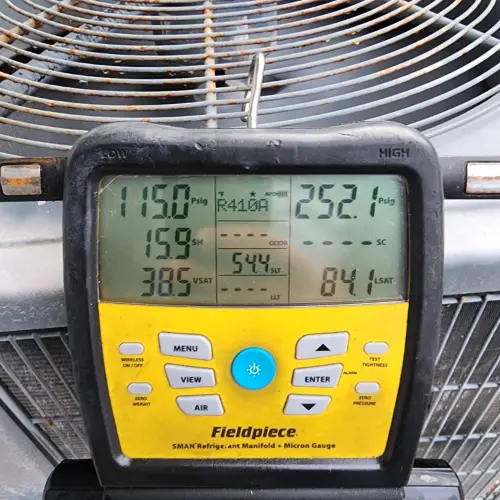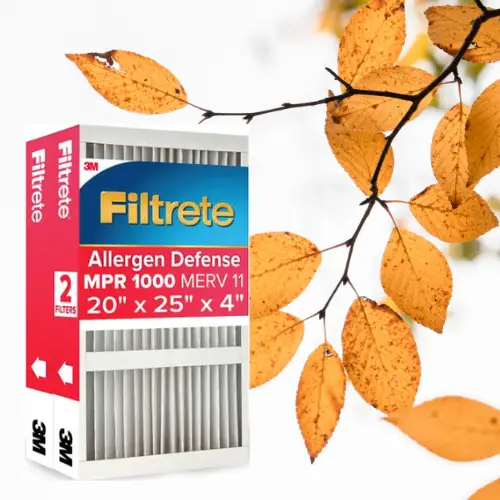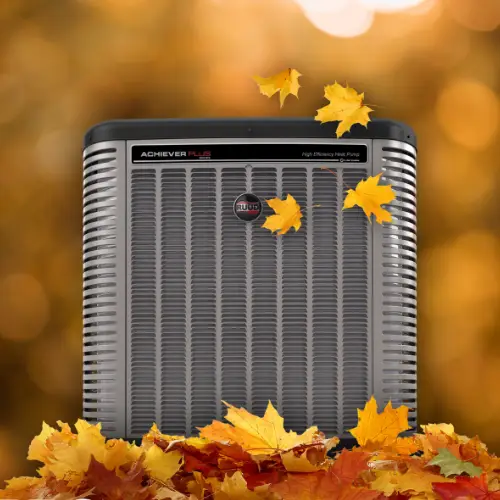As the crisp autumn air begins to settle in, homeowners across the country shift focus from summer cooling to fall and winter heating system readiness. October and November are transitional months that demand attention to detail — from testing your home’s heating system to sealing windows and preparing for winter weather emergencies.
Taking proactive steps now ensures your home remains warm, safe, and energy-efficient throughout the colder months.

October marks the ideal time to get your heating system ready — before chilly evenings or the first frost set in. Preventive attention now can save you from discomfort and costly repair bills later.
Just as you tested your air conditioning system in the spring, your furnace or heat pump deserves a test run before colder temperatures hit. Turn on the heat and ensure warm air circulates through all vents.
If you notice unusual noises, inconsistent heating, or an odor that persists beyond the initial startup (a slight burning smell is normal after inactivity), it’s worth investigating. According to Energy.gov, annual heating equipment inspections can improve efficiency by up to 10–20% and extend the system’s lifespan.
Example: In a 2023 consumer survey by HomeAdvisor, 30% of homeowners reported discovering issues during a pre-season heating test — issues that, if left unaddressed, would have caused more expensive mid-winter breakdowns.

Clean air filters are essential for both performance and air quality. A clogged or dirty filter restricts airflow, forcing the heating system to work harder and consume more energy.
Most HVAC experts recommend replacing disposable filters every 1–3 months. For reusable filters, inspect and clean them according to manufacturer instructions.
Pro tip: Use filters with a MERV rating of 8–12 — high enough to trap dust and allergens without restricting airflow excessively. This simple step can improve energy efficiency by up to 15%, according to the U.S. Department of Energy.
Dust, pet hair, and debris accumulate in ducts and vents over time, reducing air quality and system efficiency. Go room to room and vacuum registers and return vents. Use a soft brush attachment to remove buildup.
If you suspect deep duct blockage or mold, consider scheduling a professional duct cleaning service. The EPA notes that while routine duct cleaning isn’t always necessary, targeted cleaning can be beneficial when ducts are contaminated or airflow is noticeably restricted.

A certified HVAC technician can perform a thorough inspection and tune-up, checking for leaks, calibrating thermostats, lubricating moving parts, and cleaning burners and coils.
Routine maintenance before winter helps catch early signs of wear and ensures safety systems are functional — especially for gas or oil furnaces. According to Angi (formerly Angie’s List), an annual furnace maintenance visit typically costs between $100 and $200, a small investment that can prevent far costlier repairs.
As heating systems start up, the risk of carbon monoxide (CO) buildup increases. October is the perfect month to test all smoke and CO alarms to ensure they are functioning properly.
Replace batteries, check expiration dates (most CO detectors last 5–7 years), and consider installing interconnected alarms for whole-home alerts.
Example: The U.S. Consumer Product Safety Commission reports more than 400 CO-related deaths each year in the United States — many occurring in winter due to malfunctioning furnaces or blocked vents. Simple testing and timely replacement can prevent these tragedies.

By November, homeowners begin completing their fall maintenance and transitioning fully into winter readiness. It’s the time to address insulation, efficiency, and emergency planning.
If your home has an outdoor heat pump or AC condenser, protect it from harsh winter conditions. Clean off any debris, then cover it with a breathable waterproof cover — never wrap it completely airtight, as this can trap moisture. For evaporative (“swamp”) coolers, drain the water lines to prevent freezing and use a manufacturer-approved winter cover.
For homes with boiler systems, inspect outdoor exhaust pipes and vents for blockages caused by leaves or snow. Keeping these clear ensures proper ventilation and prevents dangerous gas buildup.
After October’s testing and tune-up, November is about monitoring performance. Notice whether rooms are evenly heated, the furnace cycles properly, and energy bills remain steady.
Consider upgrading to a smart thermostat for improved control and efficiency. The EPA’s ENERGY STAR® program estimates that smart thermostats can save an average of 8% on heating costs annually.
Also, keep vents unblocked by furniture or rugs to maintain balanced airflow and reduce strain on your system.
Air leaks can waste up to 30% of your home’s energy, according to the U.S. Department of Energy. Walk around your house on a breezy day and feel for drafts along window frames, door edges, and baseboards.
Apply weatherstripping, door sweeps, or caulk where necessary. For older windows, apply plastic shrink film or use insulated curtains to retain heat.
Example: In a 2022 Consumer Reports test, sealing leaks around an average-size home saved households between 150and150and200 per year in heating costs. The materials required typically cost less than $50 — a quick project that delivers outsized returns.
As winter storms become more frequent and intense, having a backup heating plan is essential. If your home relies on electricity for heat, consider portable propane or kerosene heaters rated for indoor use.
Check that your generator (if available) is functional, with fuel stabilized and stored safely. Stockpile extra blankets, warm clothing, and non-perishable foods in case of extended power outages.
If you have a fireplace or wood-burning stove, arrange a chimney cleaning before heavy use. According to the National Fire Protection Association (NFPA), chimneys should be inspected at least once a year — buildup of creosote is one of the leading causes of home fires.

The transition from fall to winter is about smart timing. Tackling heating system preparation in October and winter readiness in November helps prevent discomfort and costly emergencies. Consider keeping a recurring reminder on your calendar each year for:
By maintaining this timeline, you’ll keep your home comfortable, safe, and energy-efficient all season long.
With thoughtful preparation during October and November, homeowners set the stage for a warm, worry-free winter — all while maximizing comfort, safety, and energy efficiency.
Disclaimer: The information provided on this website' and blog is for general informational purposes only. All information on the blog is provided in good faith, however, we make no representation or warranty of any kind, express or implied, regarding the accuracy, adequacy, validity, reliability, availability, or completeness of any information on the site. We encourage our readers to conduct their own research and due diligence. The website and its authors are not liable for any errors or omissions in this information nor for the availability of this information. Any action you take upon the information you find on this blog is strictly at your own risk. The content may change over time, and some information may become outdated after the time of publication. We are not responsible for the views, opinions, or accuracy of facts referenced in our articles, as they are meant for informational purposes only.
By sharing we can help family and friends that might need future Air Conditioning Services. We are currently working within Venice, Englewood, North Port and surrounding areas with plans to expand further. Please feel free to share from our social media platforms mentions below.
FACEBOOK:
Come join us on Facebook where we share weekly events and happenings. Stay up-to-date with us on Facebook!

INSTAGRAM:
Our brag rights are all posted to Instagram and we hope you will enjoy the photos and reels shared on here!
